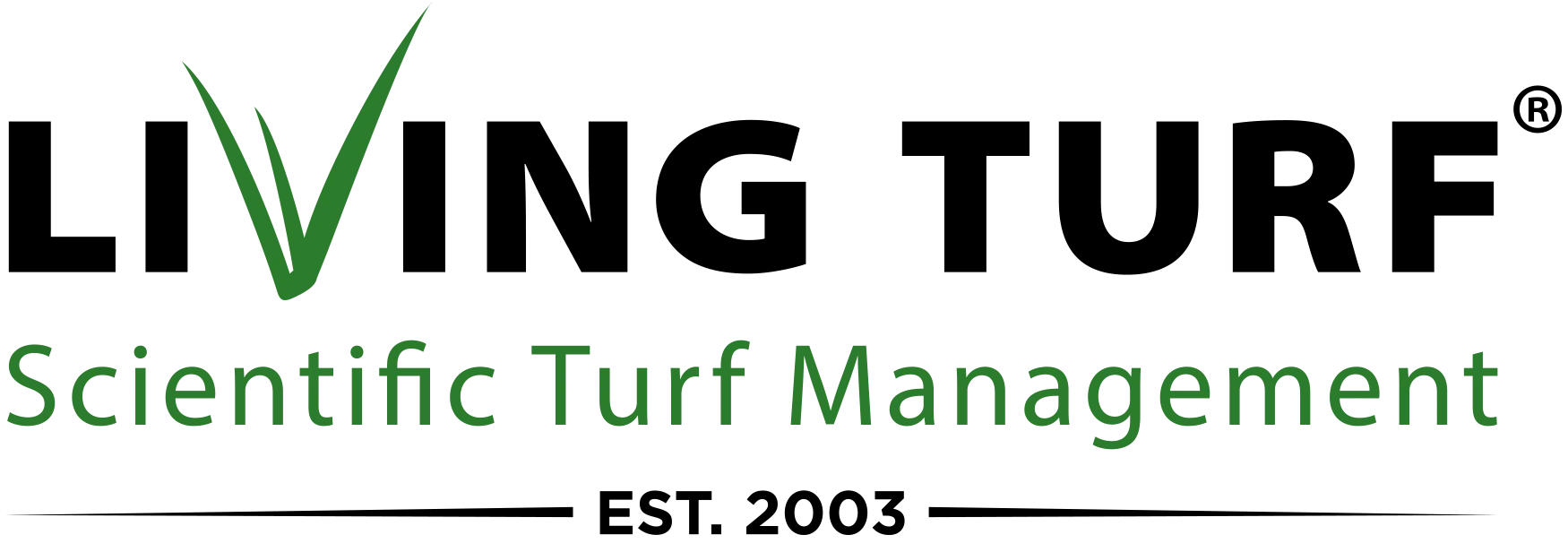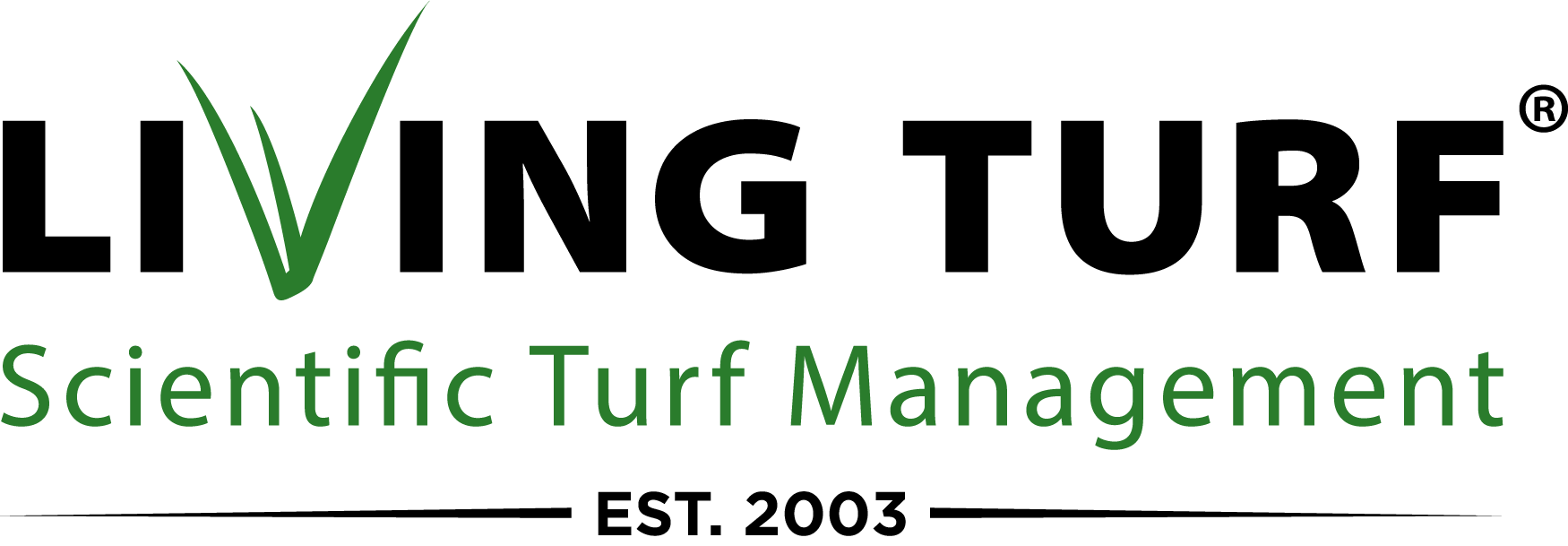Argentine Stem Weevil: Identification, Risk Window, and Control Strategies
Argentine Stem Weevil (ASW) can be devastating to cool-season turf through dry, warmer months. Activity typically ramps up as temperatures rise and conditions dry out, with damage possible from October through May (timing varies by region and season). Multiple, overlapping generations are common when warm weather persists, so early detection and rapid response are critical.
How ASW Damages Turf
Monitoring: Catch It Early
Routinely inspect known “hot spots” such as collars, walk-offs, edges and dry slopes each week through spring–summer, and use pyrethrum flushing to confirm presence and pressure so you can treat at the first signs and prevent population blow-outs. Keep simple records (dates, counts and weather), so you can spot patterns and anticipate the next wave, noting that generations often overlap.

Argentine Stem Weevil larvae (image courtesy of Bayer Crop Science New Zealand)
Treatment Principles
Start with adults, then protect crowns from larvae.
Early adulticides can suppress population build-up; follow with larvicide coverage to protect stems/crowns as eggs hatch.
Match product to objective and timing.
Longevity and speed of kill differ across chemistries; the right choice depends on pest stage, pressure and weather.
Nail the application details.
Nozzle, carrier volume, overlap and post-application irrigation (or not) are make-or-break for performance. When in doubt, call your Living Turf Tech Rep for a tailored program.
Cultural Practices That Help
√ Maintain even moisture (avoid dry-down on collars and high spots).
√ Reduce plant stress (shade/airflow/traffic) so turf tolerates feeding better and recovers faster.
√ Document what worked (dates, weather, counts, photos) so next summer’s plan starts smarter.

Need a site-specific ASW plan?
Contact your Living Turf Tech Rep for a tailored monitoring and treatment schedule, including nozzle selection, irrigation set-ups and rotation to suit your turf species and microclimate.

